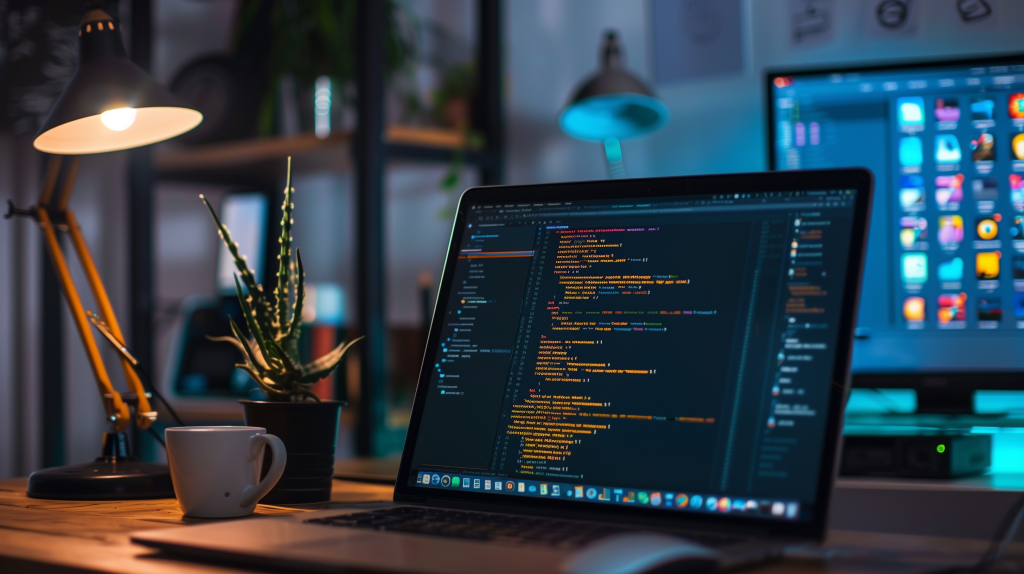Introduction
Writing clean code is an art and a discipline. It’s essential for maintaining readability, consistency, and quality in your codebase. Clean code is easier to understand, debug, and maintain, which ultimately leads to more efficient and effective software development. In this guide, we’ll explore the top 10 best practices for writing clean code, drawing from industry standards and expert advice. Let’s dive in!
1. Follow a Consistent Naming Convention
Why It Matters
Consistent naming conventions improve code readability and maintainability. They make it easier for other developers (and your future self) to understand the purpose of variables, functions, and classes at a glance.
Best Practices
- Use meaningful, descriptive names.
- Stick to a consistent style (e.g., camelCase for variables, PascalCase for classes).
- Avoid abbreviations unless they are universally understood.
2. Keep Functions and Methods Short and Focused
Why It Matters
Short, focused functions are easier to test, debug, and understand. Each function should do one thing and do it well.
Best Practices
- Aim for functions that are no longer than 20-30 lines.
- Follow the Single Responsibility Principle (SRP).
- Refactor long functions into smaller, reusable functions.
3. Write Self-Documenting Code
Why It Matters
Self-documenting code eliminates the need for excessive comments. The code itself should convey the intent and logic clearly.
Best Practices
- Use meaningful variable and function names.
- Break complex operations into smaller, clear steps.
- Avoid ambiguous constructs and magic numbers (use named constants instead).
4. Comment Wisely
Why It Matters
While self-documenting code reduces the need for comments, strategic comments can still provide valuable context and explanations.
Best Practices
- Use comments to explain why something is done, not what is done.
- Keep comments concise and relevant.
- Update comments if the code changes.
5. Maintain a Consistent Code Formatting Style
Why It Matters
Consistent formatting enhances readability and reduces cognitive load. It also helps prevent unnecessary merge conflicts in version control.
Best Practices
- Use a code linter or formatter to enforce style rules.
- Follow the style guide for your programming language or framework.
- Ensure consistent indentation, spacing, and line breaks.
6. Refactor Regularly
Why It Matters
Refactoring keeps your codebase clean and manageable. It helps eliminate technical debt and improves the overall design and structure.
Best Practices
- Refactor in small, manageable increments.
- Ensure your changes are covered by tests.
- Focus on improving readability and reducing complexity.
7. Write Unit Tests
Why It Matters
Unit tests ensure your code works as expected and helps prevent future bugs. They also serve as documentation for how your code should behave.
Best Practices
- Write tests for individual units of functionality.
- Aim for high code coverage, but prioritize critical paths.
- Use descriptive test names and organize tests logically.
8. Avoid Global Variables
Why It Matters
Global variables can lead to unpredictable behavior and make debugging difficult. They also increase the risk of naming collisions.
Best Practices
- Limit the scope of variables as much as possible.
- Use encapsulation to manage state.
- Pass variables explicitly through function parameters.
9. Handle Errors Gracefully
Why It Matters
Proper error handling makes your code more robust and user-friendly. It helps prevent crashes and provides useful feedback when things go wrong.
Best Practices
- Use exceptions or error codes to handle unexpected situations.
- Provide meaningful error messages.
- Ensure resources are properly cleaned up (e.g., close files, release memory).
10. Document Your Codebase
Why It Matters
Comprehensive documentation helps new developers get up to speed and provides a reference for your current team. It ensures that the intent and usage of your code are clear.
Best Practices
- Maintain a README file with an overview of the project.
- Document public APIs, libraries, and modules.
- Keep documentation up-to-date with code changes.
Wrapping Up
Writing clean code is a continuous process that requires diligence and discipline. By following these best practices, you can create code that is more readable, maintainable, and efficient. Remember, clean code not only benefits you but also your team and the future maintainers of your project.






